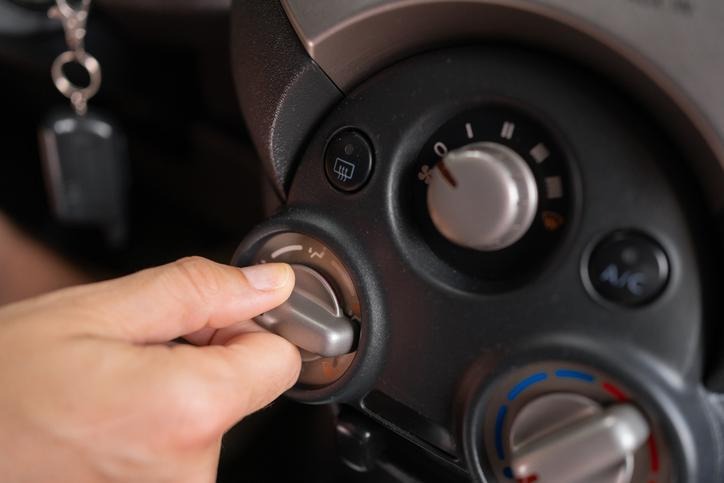Pre-Winter Vehicle Prep: Why Mechanics Focus on More Than Just Tires
For aspiring auto technicians, winter readiness is more than a seasonal checklist; it’s a matter of safety and performance. In Canada, where cold snaps and road salt are part of daily life, preparing a vehicle for winter involves far more than just putting on snow tires. It means inspecting vital systems, topping up cold-weather fluids, and ensuring every component can handle freezing temperatures and icy conditions.
If you’re pursuing automotive training or planning to enroll in an auto mechanic school, this is the kind of seasonal service that keeps customers safe and keeps businesses busy. It’s also one of many essential skills that shape future auto careers.
Why Battery Health Comes First in the Cold
When temperatures drop, battery performance takes a hit. Mechanics must assess battery age, check terminal corrosion, and test voltage. A weak battery might crank an engine in the fall but fail by January. Technicians trained in battery diagnostics learn to spot the early signs of failure, replace aging units, and educate customers before a cold morning leaves them stranded.
Brake Systems and Safety Go Hand-In-Hand
Icy roads and short daylight hours put more pressure on brake systems. Mechanics trained to service brakes will inspect pad thickness, rotor condition, and brake fluid levels. They’ll also check for signs of corrosion, especially in vehicles driven regularly on salted roads. Ensuring effective stopping power is a critical winter prep step no shop should skip.
It’s Not Just About Oil: Winter Fluids Matter
While oil changes are routine, switching to a winter-grade formula helps engines perform better in the cold. Technicians also check and top up coolant, transmission fluid, and windshield washer fluid. At auto mechanic school, students learn how each of these fluids responds to freezing temperatures and how to choose the right product for winter driving conditions.

Tire Pressure and Tread: A Closer Look
Even when snow tires are already installed, there’s more to assess. Tire pressure drops as the air gets colder, affecting traction and fuel economy. Technicians need to check tire pressure and ensure there’s enough tread for grip on slush, snow, and ice.
Students in automotive training also learn how to inspect for tire wear patterns that signal alignment or suspension issues, common winter hazards.
Defrost, Lights, and Visibility Checks
In the winter, visibility is everything. A pre-winter inspection includes checking the heating system, defrosters, wiper blades, and lighting systems.
Burnt-out bulbs or weak wipers might seem minor, but they can turn dangerous during a snowstorm or freezing rain. Technicians ensure everything is clear, functional, and winter-ready.

Real-World Winter Readiness Starts in the Shop
Hands-on learning prepares students to handle seasonal service confidently. At ATC Toronto, training programs immerse students in real auto shop settings where they learn to inspect, diagnose, and service vehicles for winter and beyond. From battery testing to brake maintenance and beyond, our courses focus on skills you’ll use every day.
Why Auto Mechanic School Training Matters for Winter Readiness
Preparing vehicles for winter is a valuable skill that builds trust with customers and showcases a mechanic’s attention to detail. For students, mastering these seasonal maintenance tasks reinforces confidence and professionalism, essential qualities for a successful career in automotive service, no matter the weather or conditions ahead.
Do you want to build a rewarding auto career with seasonal expertise?
Explore auto mechanic training programs at ATC Toronto and learn to keep drivers safe year-round.


